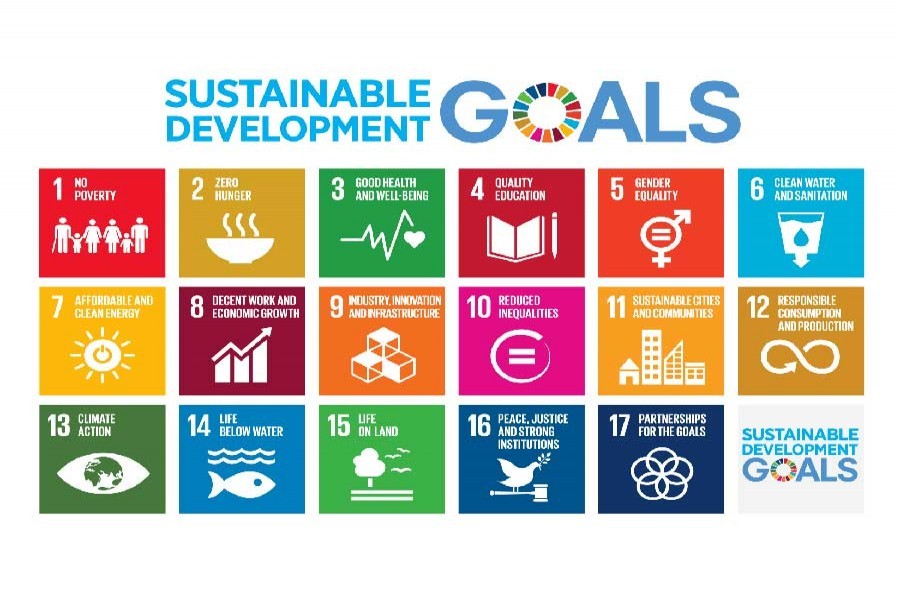The world has crossed the one-third mark in the timeline of the ambitious 2030 Agenda for Sustainable Development. Yet, in Asia and the Pacific, the prospect of achieving the Sustainable Development Goals (SDGs) is not promising, according to the latest ESCAP SDG Progress Report 2021.
Besides the findings themselves, the report underscores the role of official data in tracking progress. How do we harness existing data to better assess where we stand and what targets need additional efforts?
In addition to presenting Voluntary National Reviews on the SDGs, countries around the world have developed national progress assessments based on data. The Philippines Statistics Authority, for example, has launched the SDG 2020 Pace of Progress featuring national progress against the 17 Goals and projections of targets that need acceleration. Similarly, the State Statistics Service of Ukraine published the national assessment of progress as an online interactive feature. India publishes the SDG India Index to assess progress made by its States and Union Territories towards implementing the 2030 Agenda.
The implementation of a robust national assessment requires time, resources, and capacity. On the other hand, in adopting the 2030 Agenda, countries may have developed a set of national indicators more relevant to their priorities and established realistic target values for the indicators. Therefore, to accurately illustrate national trajectory, countries need to use their own indicators, data and targets.
Recognising such needs, ESCAP has developed the National SDG Tracker, an online tool that guides countries on the necessary steps to produce a national progress assessment. It simplifies how governments can use national data and parameters to create results appropriate to their own country's circumstances.
The Tracker utilises the progress assessment methodology developed by ESCAP. The methodology uses all available data, including disaggregated data incorporated to ensure disadvantaged populations are not left behind. The results at Goal, target and indicator levels are visualised in a way to communicate the big picture while shedding light on individual indicators that require a course correction.
In the first phase of implementation, the tool will be available to governments from across the Asia-Pacific region, with support from ESCAP. Prospective government officials can sign-up for the tool using an online form.
As the so-called Decade of Action for implementing the SDGs unfolds against the backdrop of the global recovery from the Covid-19 pandemic, we need greater efforts to track our collective progress using official data. This will ensure policy dialogues at different levels are well-informed and realistic.
The piece is excerpted from www.unescap.org


